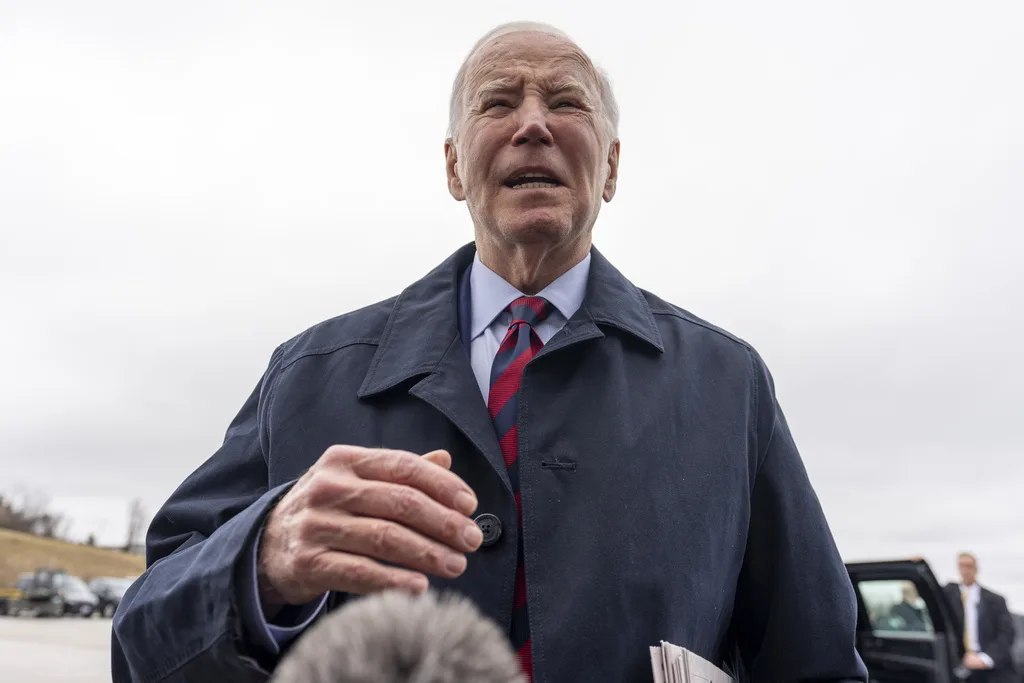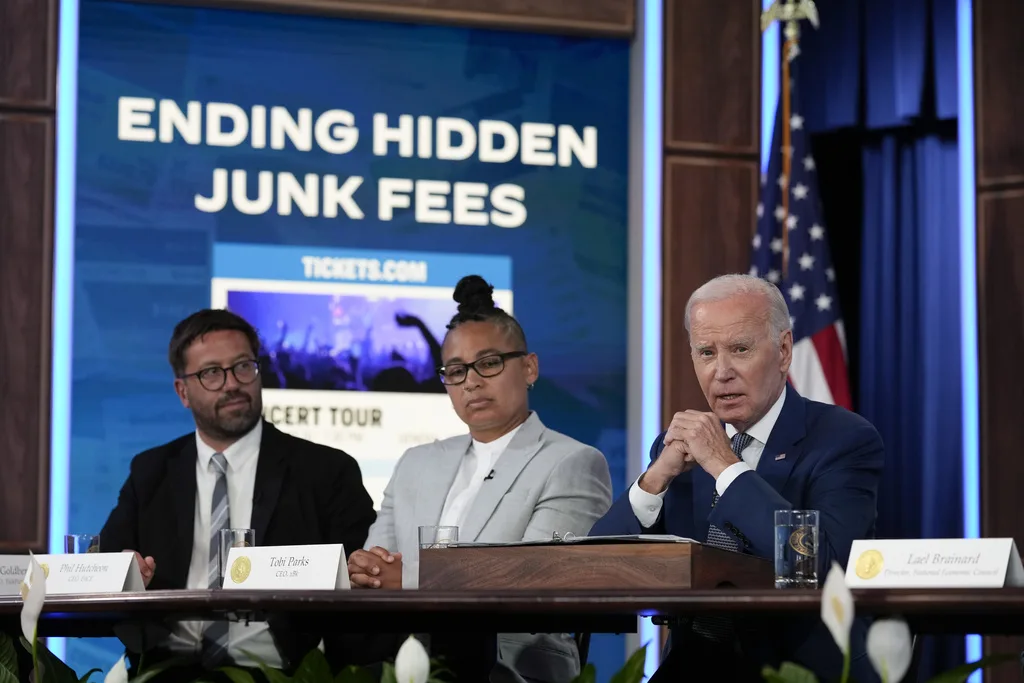
#image_title
#image_title
Reliance on food assistance was starting to drop, but rose again after Congress killed extra unemployment help.
More than 200,000 Wisconsin families could qualify for additional FoodShare benefits due to the public health emergency declared by Gov. Tony Evers on Sept. 22.
“FoodShare benefits provide households that are struggling across our state the ability to access food, one of our most basic human needs,” Andrea Palm, Secretary-designee of the Department of Health Services, stated in a press release. “Being able to provide these emergency allotments is crucial to helping offset the effects of the pandemic for our hardest hit families.”
The federal Families First Coronavirus Response Act permits states under emergency declarations to provide FoodShare recipients with the maximum monthly benefits. Those additional benefits are scheduled to be available on Quest Cards on Nov. 1. Families already receiving the maximum benefit will not receive additional assistance.
The federal government also announced monthly income would be adjusted effective Oct. 1., increasing the maximum benefit amounts available.
Last month, the Wisconsin Policy Forum published a report that found the number of FoodShare recipients in August was 19%, or 115,500 people, higher than in August, 2019.
The report found that, pre-COVID, the number of individuals receiving FoodShare had been declining steadily since 2013, a result of both declining unemployment and changes to state law that limited who qualified for the program.
“Between 2013 and 2019, annual program enrollment fell by approximately 252,400 individuals (29%) though it remained well above levels seen prior to the Great Recession,” the report read.
In 2020, 83,600 individuals were added to the program in March and April during the lockdown. Once the lockdown expired, those numbers fell somewhat in July but then August saw another big jump in enrollment, even though unemployment continued to decline.
One reason WPF cited for the jump was the expiration of the federal $600 weekly unemployment payments approved by the CARES Act. It also found a similar jump in demand at food banks around the same time period.
Politics

Biden makes 4 million more workers eligible for overtime pay
The Biden administration announced a new rule Tuesday to expand overtime pay for around 4 million lower-paid salaried employees nationwide. The...

Biden administration bans noncompete clauses for workers
The Federal Trade Commission (FTC) voted on Tuesday to ban noncompete agreements—those pesky clauses that employers often force their workers to...
Local News

Readers Poll: Top Bowling Alleys in Wisconsin
Looking for the best bowling in Wisconsin? Look no further! Our readers have spoken in our recent poll, and we have the inside scoop on the top...

8 Wisconsin restaurants Top Chef judges are raving about
Top Chef’s 21st season is all about Wisconsin, and on-screen, it’s already apparent that the judges feel right at home here. But, while filming in...




